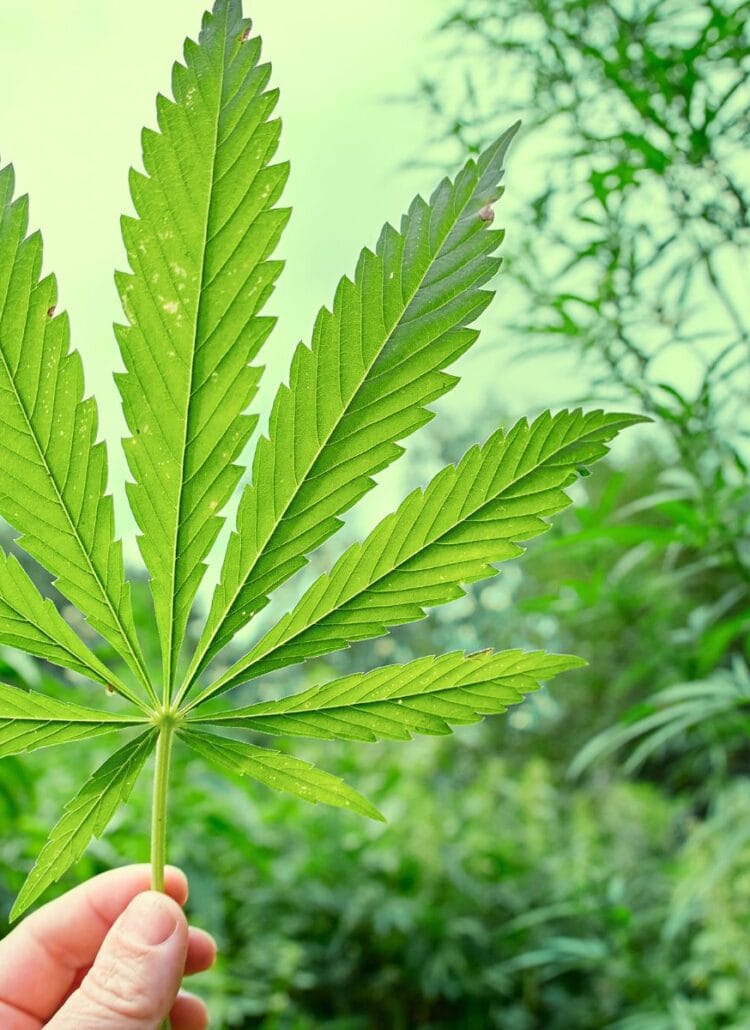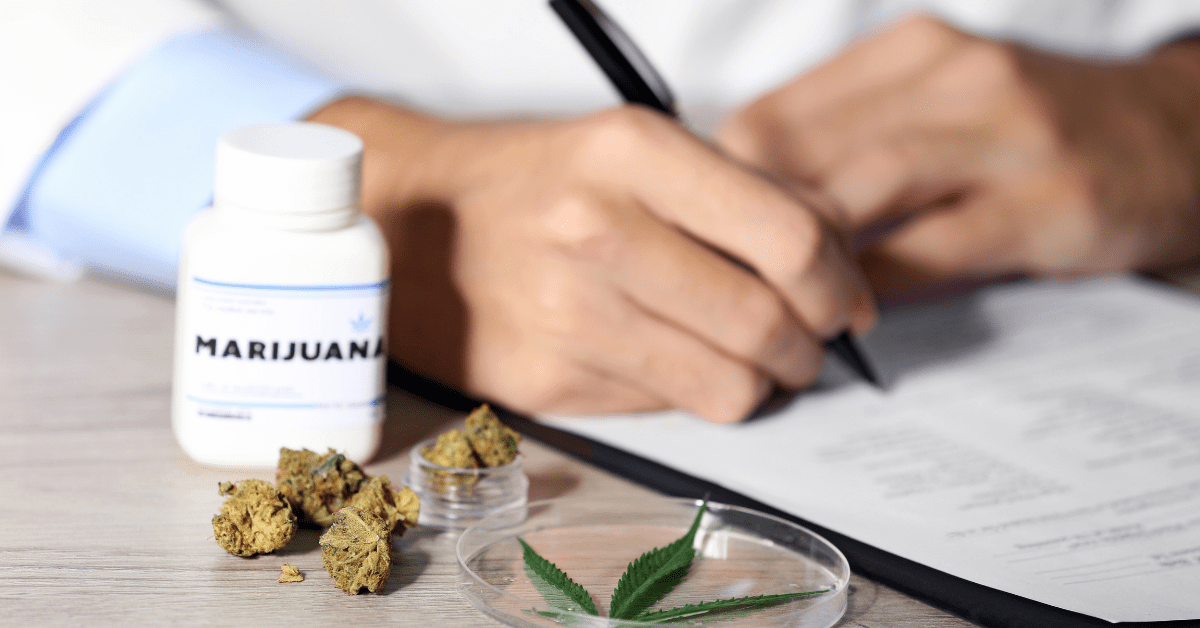
Previously deemed a difficult-to-treat illness, Post-Traumatic Stress Disorder (PTSD) now has the necessary treatment options to combat its various symptoms. And it’s all thanks to the advent of medical marijuana!
With a cultural tendency towards a cannabis-positive attitude, the de-stigmatization of treating your illnesses with marijuana is happening as we speak. And living in a world where buying hemp buds is as easy as getting your dietary supplement refill, knowing your strains is the key to a healthy and effective treatment.
And yet with the sheer number of strains that a patient can buy from their local dispensary, how can you tell which strain would be the best for PTSD symptoms in particular?
Indica vs. Sativa – The Two Main Strains on the Market
Even as a newly-certified medical marijuana patient, you’ve probably heard the names “Indica” and “Sativa” many times by now. As the two primary cannabis strains available on the market, they offer two completely different experiences, and not just in appearance. The chemical effect they have on our brain is the key to understanding the science behind marijuana treatments for PTSD.
The Indica Strain
Indica plants are shorter, deep green in color, and sprout long, broad leaves. In terms of its psychoactive effect, Indica delivers a “body high” sensation. Through it, patients obtain a bodily numbing experience, relaxing their muscles while simultaneously calming their neuroreceptors.
Given this physically numbing effect, Indica strains are usually the most suitable option for treating chronic pain, insomnia, and fibromyalgia, which has been observed to have a palpable connection to PTSD diagnoses.
The Sativa Strain
Sativa plants can grow up to 10 feet in height, have a light green color, and thin leaves. As opposed to Indica, Sativa is well known for the ‘head high’ effect it delivers. Users often experience a sensation of euphoria, with bouts of energy and creativity.
Medically speaking, Sativa strains are often the go-to option for mental and physical fatigue, social/generalized anxiety, as well as depressive disorders. However, studies have shown that, in large doses, Sativa strains can actually aggravate anxiety-related symptoms, and even cause paranoia.
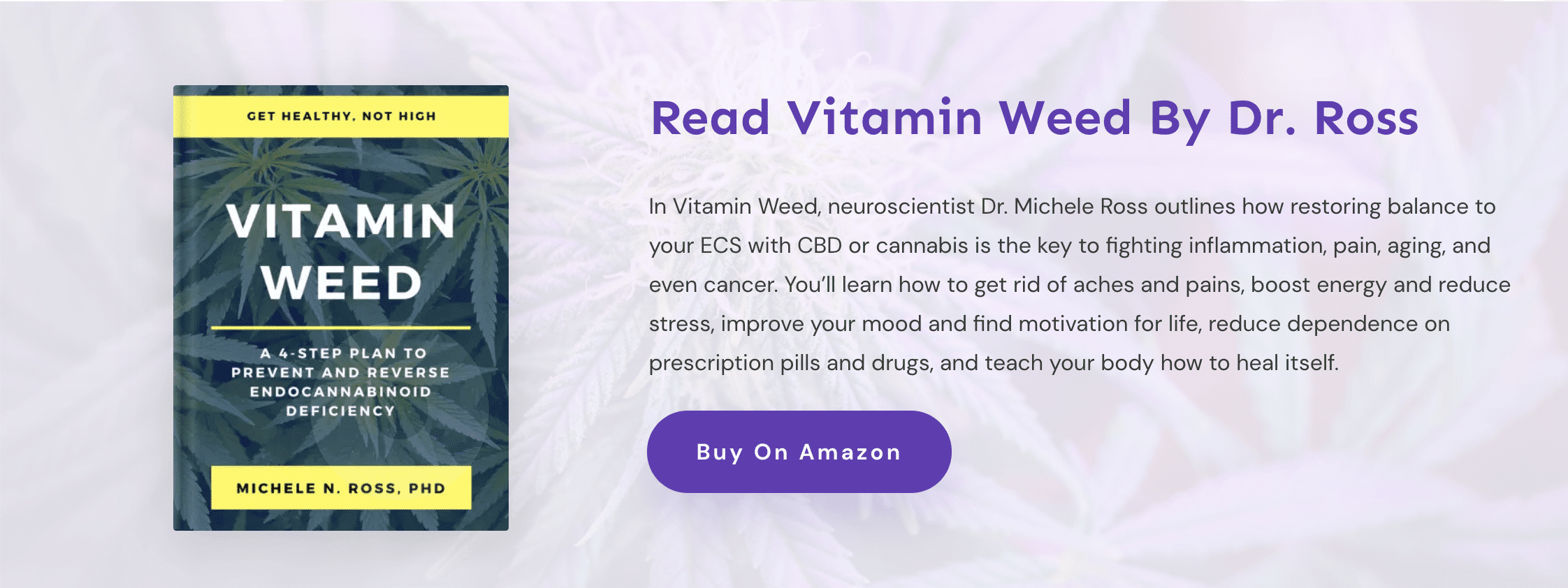
Which Marijuana Strain is the Best Option for PTSD?
Given their usual hypervigilance and hyperarousal, PTSD patients often seek treatment options that would provide clarity of mind, calmness, and serenity. In this case, Indica would be the best option for PTSD treatment.
However, the downside of Indica strains is that they tend to leave habitual users feeling lethargic and unmotivated. Because of this, patients may end up struggling to complete even their day-to-day tasks if they over-indulge in Indica-based products.
Thankfully, there’s always the middle ground- hybrid stains. These are strains that come about when various quantities of both Indica and Sativa are crossed. And the results can be so varied that there’s probably a hybrid strain out there hand-grown for anyone!
When you’re aiming to treat your PTSD symptoms, you should be looking for the calming effects provided by the Indica strain, coupled with Sativa’s mood-boosting properties. In essence, you’ll need an Indica-dominant hybrid strain, such as:
The GSC Strain
The GSC strain, also known as the “Girl Scout Cookies” strain, is an Indica-dominant hybrid that has a strong Sativa component. Initially euphoric in effect, it is followed by a sensation of full-body relaxation. With this in mind, it is a good option for PTSD patients who are struggling with the physical symptoms of stress, anxiety, and depression.
The Northern Berry Strain
Yet another Indica-dominant hybrid strain, the Northern Berry strain delivers a heavily sedating effect to both the body and the mind. As such, PTSD patients exhibiting chronic pain or insomnia will be the ones to benefit the most from this strain.
The Strawberry Banana Strain
The Strawberry Banana strain’s highly regulated Indica-dominant, Sativa-powered effect makes it one of the sweet spot remedies for patients suffering from PTSD.
It initially starts with a mild buzz, slowly building up to an intense cerebral high, and then transitioning the patient into a powerful sedative state. Given that it relaxes both mind and body, it is a great option for an all-around counter to the most common PTSD symptoms.
Get a Medical Opinion Before Choosing Your Strain
While all of the strain options listed above might sound like the pathway to health and wellbeing that you’ve been seeking for so long, you should never self-medicate without first getting the opinion of a medical specialist!
Before undergoing marijuana treatment for your PTSD, you should consult with a licensed medical marijuana doctor or certified cannabis coach. Through their analysis of your medical condition and previous treatment options, they can advise you on which specific strain to pick out for your treatment.

That way, you’ll be avoiding the harmful effects of a potentially bad strain, while obtaining the information you need for a long-term treatment that is both prosperous and revitalizing. Remember to always consume responsibly and diligently!
With each passing year, we can see new developments in this industry both on the legal side and at the production and business side of things. Even in the plant, researchers have managed to breed a new cannabis variant – the Panakeia strain, which is making headlines because of being completely THC-free. There are a lot of exciting things happening in this field and a lot to look out for.
Pin This Post
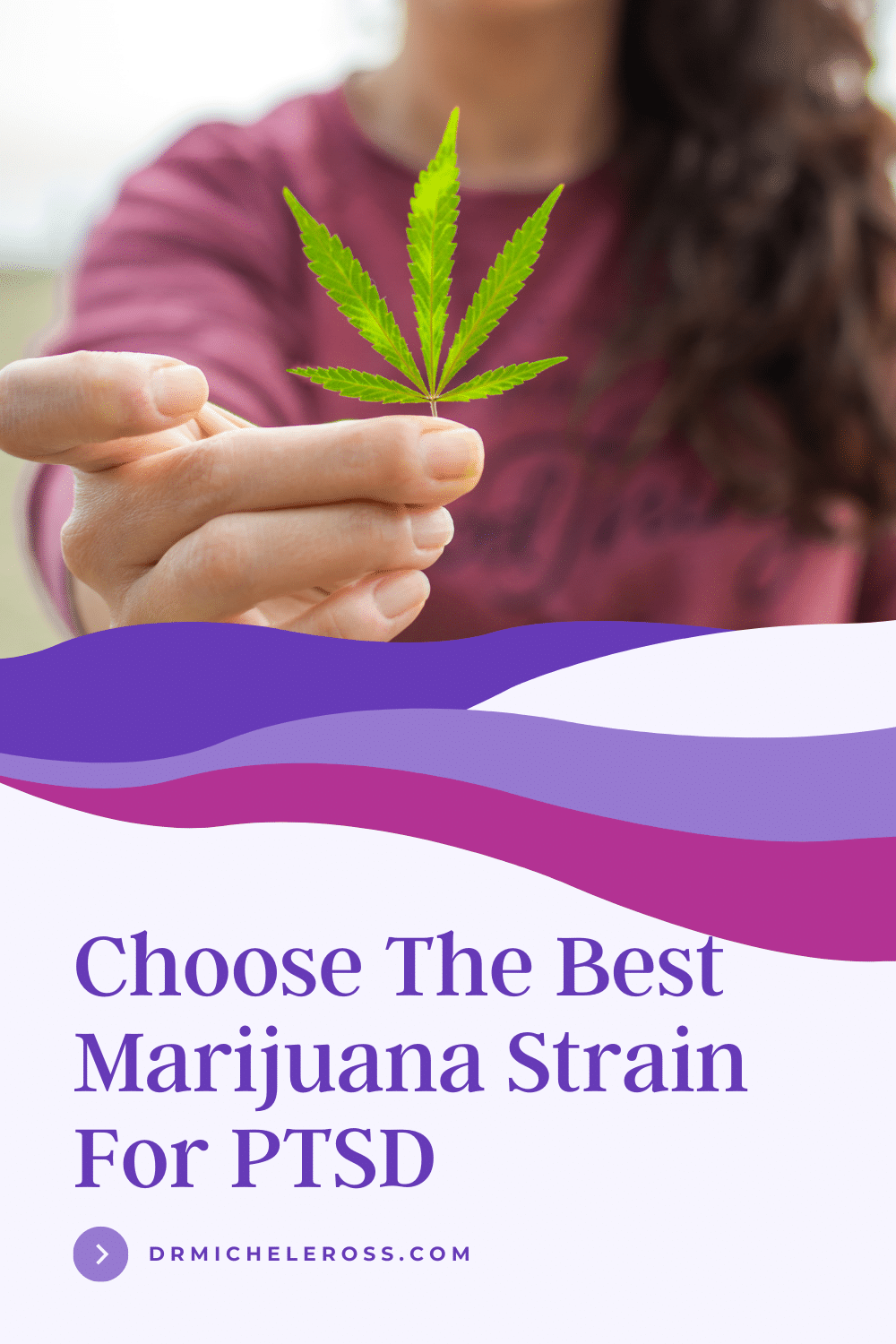

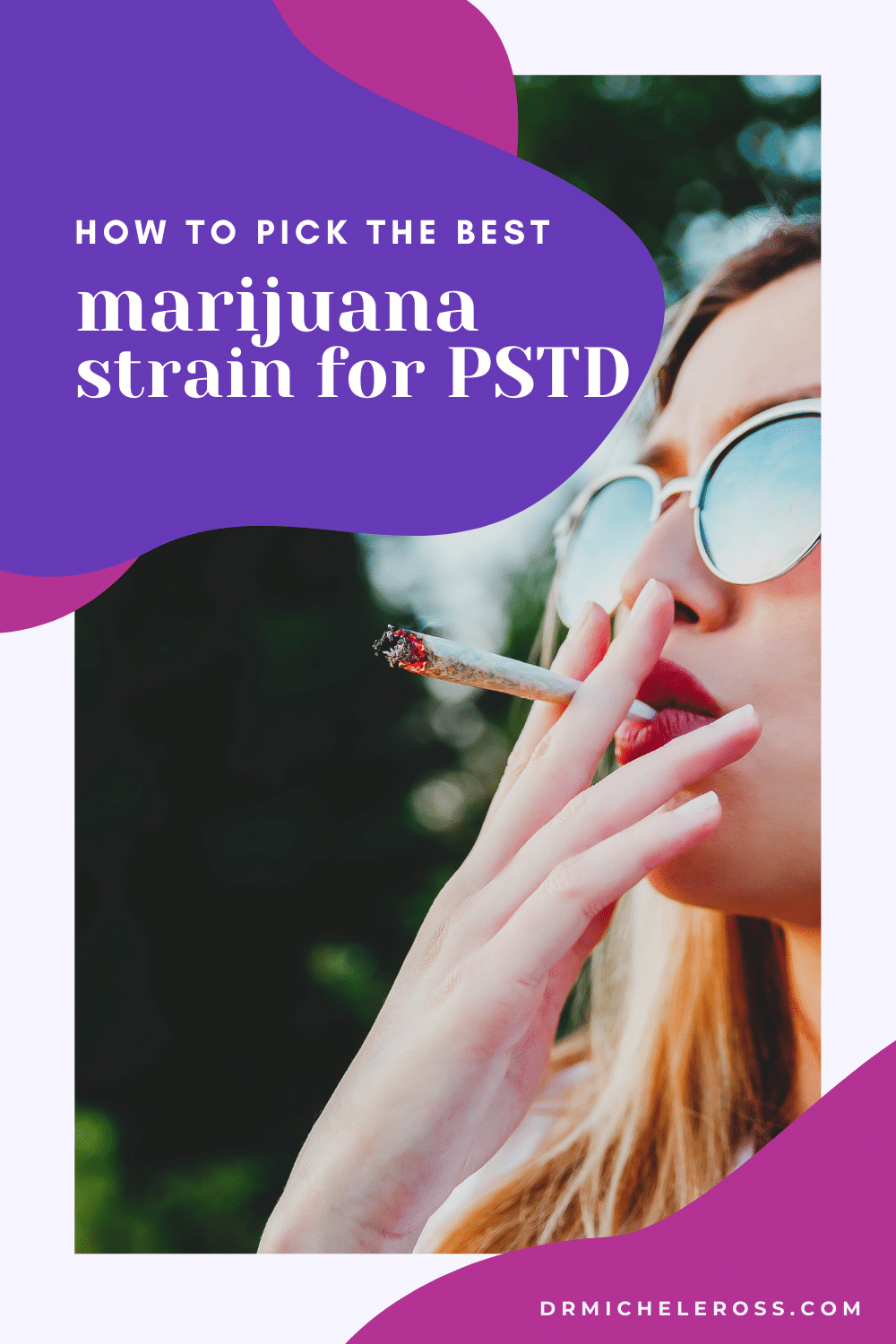
Share This Post



